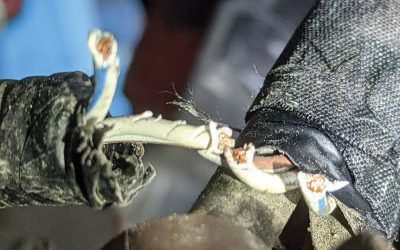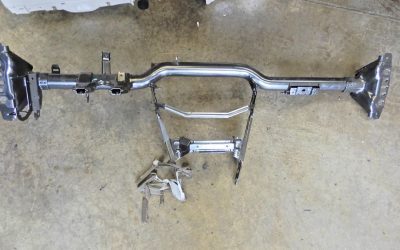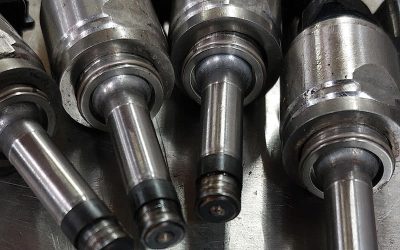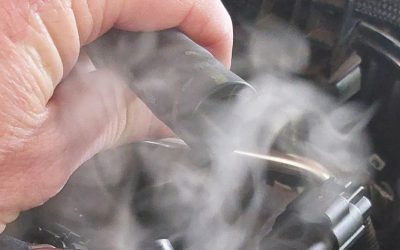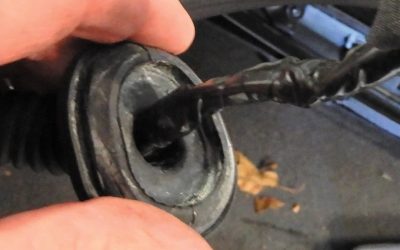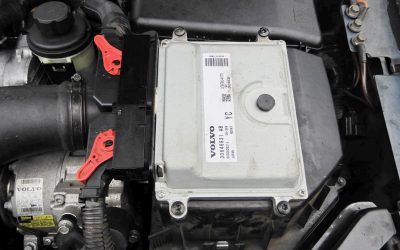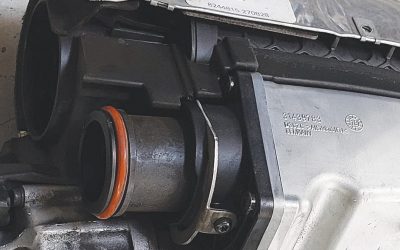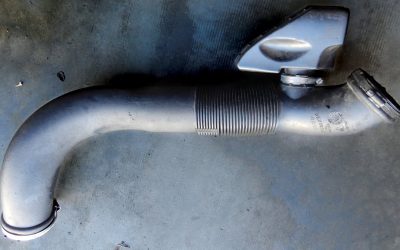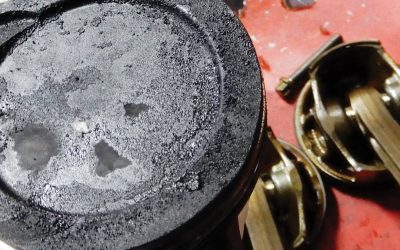Approaching automotive diagnostics from an agnostic viewpoint allows a technician to gather evidence without bias toward a specific answer. The word agnostic is usually reserved for discussions of religion and the hereafter, but it has a broader meaning of not knowing...
Replacing the Air Conditioning Evaporator in the 2006 Volvo V70
This is not an easy job but it can be rewarding for both the technician and the customer. Replacing the air conditioning evaporator on a 2006 Volvo V70 is a huge job, needless to say. The complete dash and heater box will need to be removed from the vehicle. You have...
More Volvo High Mileage Problems
This article is part of a continuing series that will cover some of the problems that may come up on higher mileage Volvos. Fuel Injectors (2016-2019 2.0L Engines) Volvo 2.0L Fuel Injectors You may get a later Volvo in your shop that exhibits fuel injector problems....
Supercharger Service on High Mileage Volvos
This is part of a continuing series of articles that cover some common issues that you may experience on Volvos with higher mileage and age. Supercharger Air Leaks, Late Style 2.0L Twin-Charged Engines (2015 and up) In the new-to-most-of-us-in-the-aftermarket world,...
Three Common Interior Repairs on Volvo Vehicles
In this article, we will cover a few different repairs that don't take a lot of time, but knowing these situations can definitely help with repairing these vehicles. Electric Trunk Repair Here we have a customer with a 2010 S40, stating that the trunk will not operate...
Testing, Repairing, and Servicing Volvo Seats and Seat Belts
This article covers various repairs on seats and seat belts that you may find helpful, should they come through your shop. We all know that Volvo has always made it a point to set the standard in automotive safety. Over the years, Volvo has helped develop and perfect...
Timing Chain Replacement on a Volvo 3.2L Engine
The 3.2 liter engine is a six-cylinder non-turbo engine. In this article, we will cover the replacement of the engine timing chain and related components on an XC90. The procedure may differ on other models. To do this job you will need some special tools: front...
Diagnosing and Repairing Volvo Manifold Exhaust Leaks, Part 1
On a Second Generation Volvo XC90 (2016—Present) T6 2.0L B6324S Engine, With Supercharger and Turbocharger Volvo 2.0L T6 B6324S engine More and more of these remarkable second generation Volvos are coming into independent shops every day, as these cars come off of...
Understanding and Diagnosing the Volvo TF-80SC Automatic Transmission in FWD and AWD Vehicles
The design and function of this transmission, what goes wrong, and how to diagnose problems. The Volvo TF-80SC transmission was used starting in 2005 in the V8 XC90 all the way through 2016 in most cars that had a 5-cylinder and all that had 6- and 8-cylinder engines....
Replacing Pistons and Rings on a 2016 Volvo XC90 T6
When a high mileage Volvo is due for overhaul, pay careful attention to the installation of new pistons and piston rings. Have you ever had a customer come in and say, "I've been putting a lot of oil in my vehicle, but I don't see any leaking on the ground," only to...


